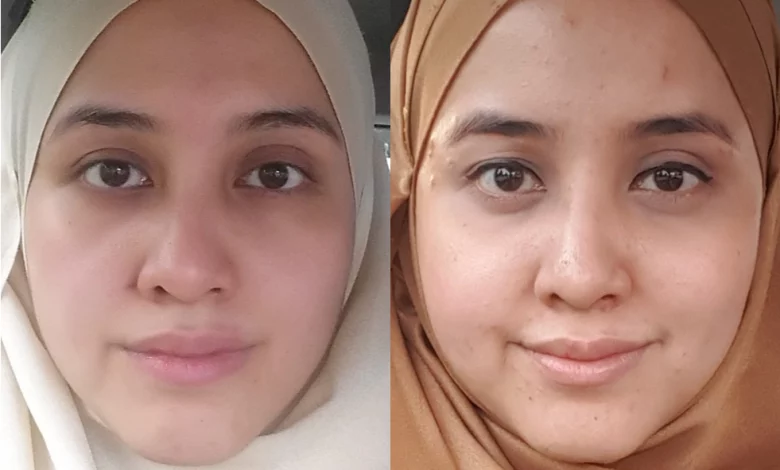How to Prevent Moon Face From Steroids Like Prednisone

What is moon face?
Moon face is one of the side effects of taking prednisone or other corticosteroids. It occurs when extra fat builds up on the sides of the face. It is often related to obesity but can be from Cushing’s syndrome. That’s why people sometimes refer to it as a Cushingoid appearance. Cushing’s syndrome occurs when the body is exposed for long periods to high levels of a hormone called cortisol.
Moon face may cause the face to gradually become round, full, or puffy (reminiscent of the “Man in the Moon”). The sides of your face may become so round from the buildup of fat that the ears can’t be seen from the front of your face. Fat deposits in the sides of the skull can also make the face look rounder.
A high release of hormones, especially cortisol, is a cause of moon face. This is called hyperadrenocorticism or hypercortisolism. The adrenal glands, triangular-shaped glands that sit on top of the kidneys, release cortisol.
How long does moon face from prednisone last?
Prednisone is a glucocorticoid medication that mimics the effect of glucocorticoid hormones that are secreted naturally by our adrenal glands in response to stress and which are essential for life.
The high release of hormones that causes prednisone-induced moon face will persist for as long as the medication is in use and remains in your system. Once you stop taking prednisone, the extra weight, water retention, and the puffiness of moon face will begin to go away. It can take about a year, though, for your body and face to return to their prednisone states.

How to prevent moon face from steroids like prednisone
There are several steps you can take to prevent moon face from prednisone, they include:
- Eating low salt diets: Steroids like prednisone alters how the body processes salt, so staying on a low-salt diet can help to some degree. People on medications that cause water retention, such as corticosteroids, can limit weight gain by reducing salt intake. A low sodium diet involves consuming less than 2,000 milligrams of salt per day.
- Exercising more: Another way you can prevent moon face from steroids is by increased physical activity. A 2011 study suggests that exercise has health benefits regardless of whether it leads to weight loss. These benefits include reduced blood pressure.
- Eating protein-rich diet: when you are on a medication like prednisone, eating protein-rich diet can help prevent moon face. Experts recommend increasing protein intake if medication-related weight gain is a concern. Protein helps people feel fuller for longer.
- Avoiding alcohol: Although there is no direct drug interaction between prednisone and alcohol, it increases your risk of developing a moon face. People should avoid high calorie alcoholic beverages to avoid unnecessary caloric intake which promotes weight gain.
- Getting good sleep: Quality sleep is a critical component of health. Poor sleep can have adverse effects on the body, including an increase in fat stores and elevated stress hormone levels. Good sleep can enhance your efforts at preventing moon face from prednisone.
- Drinking adequate amount of water: As part of their dietary guidelines for the prevention and management of medication-related weight gain, the American Academy of Child & Adolescent Psychiatry recommends that people drink several large glasses of water during the day.
- Talking to a dietician: The most important step you can take to prevent moon face from prednisone is talking to a dietician who will evaluate your current diet. Prednisone increases appetite, resulting in increased calorie intake. A dietitian can help people who have a renewed appetite find a healthful way to satiate their hunger.





